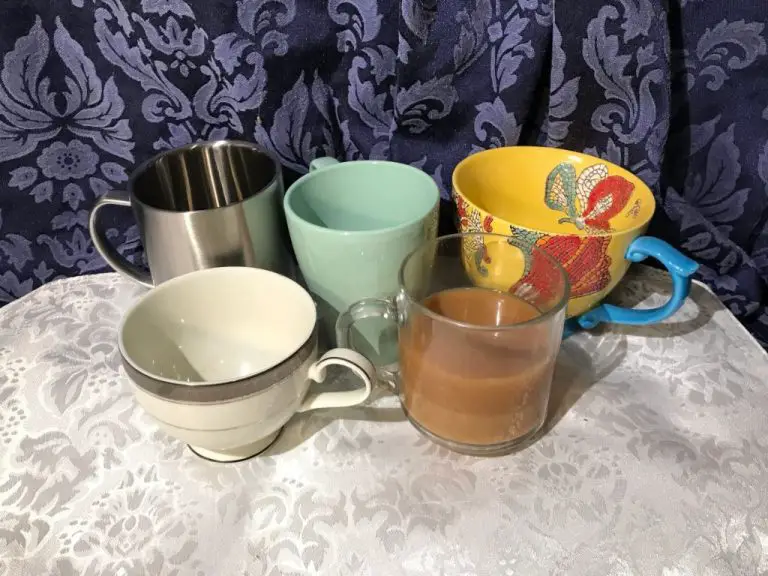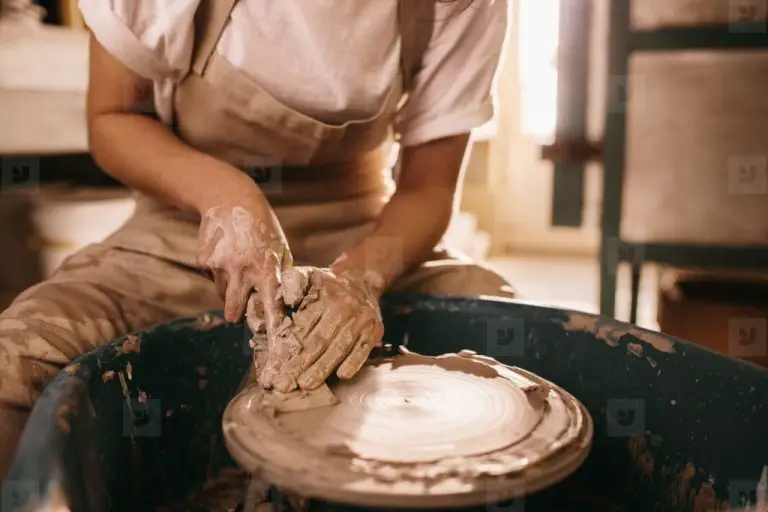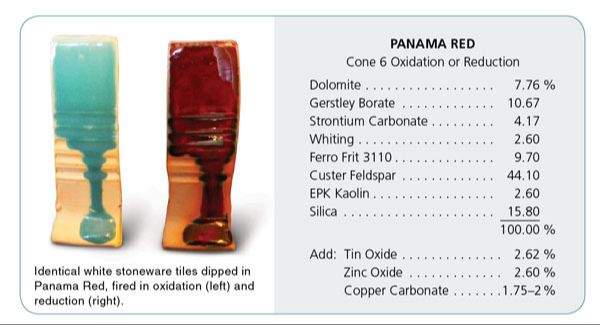What Stage Of Clay Is Best For Sgraffito?
What is Sgraffito?
Sgraffito is an art form and decorative technique that involves scratching through a surface layer to reveal a different colored layer underneath. The word “sgraffito” comes from the Italian word “sgraffiare,” meaning “to scratch.”
Sgraffito has a long history dating back to ancient times. Some of the earliest examples come from Greece around the 5th century BC, where the technique was used to decorate red-figure pottery. Sgraffito was later widely used during the Renaissance in Italy to embellish buildings and pottery. The technique spread across Europe and experienced a revival in the 19th century.
In sgraffito, the artist applies multiple layers of colored slip or paint to the surface. When dried, the top layers are then etched or scratched away using tools to reveal the colors underneath. The revealed colors contrast with the remaining top layers to create the decorative image or pattern. Sgraffito can be used on ceramic, wood, glass, plaster, and other materials.
Key elements that define the sgraffito technique include:
- Applying colored layers to a surface
- Letting the layers dry
- Scratching through the top layer(s) to expose the bottom layers
- Taking advantage of the color contrast to create a design
Overall, sgraffito involves precision, planning, and revealed color to produce decorative effects full of depth and texture.
Sources:
The Art of Scratching – Tracing the Rich History and Legacy of Sgraffito
What is Sgraffito? Its History, Process & Use on Frames
Different Stages of Clay
Clay goes through several distinct stages as it dries. The three main stages are wet clay, leather-hard clay, and bone-dry clay. Understanding the properties and uses of each stage is key to working successfully with clay.
Wet clay is freshly prepared clay with a high moisture content. It is very pliable and can be shaped easily without cracking. However, details made in wet clay may loose their crispness as the clay dries. Wet clay is good for making large forms and handbuilding. [1]
Leather-hard clay has partially dried and is cool, stiff, and less pliable. It holds its shape well but is still damp enough to attach more clay pieces without slumping or cracking. This is an ideal stage for adding surface details and textures. Leather-hard clay is great for sgraffito. [2]
Bone-dry clay has completely dried out. It is hard, brittle, and fragile at this stage. Bone-dry clay can no longer be worked or shaped without breaking. Pieces may need to be soaked in water to regain some moisture and become workable again. Bone-dry clay requires firing before any finishing.
Wet Clay
Wet clay has a high water content and is very soft and malleable. This makes it easy to engrave designs into the surface without cracking or flaking the clay. However, working with wet clay can present some difficulties for sgraffito techniques:
- The surface is very soft and designs can get smudged or blurred as you work.
- Lines and edges are hard to define in very wet clay.
- Wet clay is sticky and can get gloppy. This makes carving clean lines more challenging.
- Colors applied to wet clay will bleed and blend together, losing definition.
- Wet clay is fragile and prone to damage. Finished sgraffito work may slump or lose shape.
- Engraved clay can get compressed and filled in, losing carved detail.
While sgraffito can be done on wet clay, the excess moisture makes crisper engraved designs more difficult. Most potters recommend using leather-hard clay instead. As noted in this guide, wet clay is very sticky and can get compressed as you work on it. Allowing some drying time gives better definition to sgraffito techniques.
Leather-Hard Clay
Leather-hard clay is the stage where the clay has dried slightly after being formed, but still retains some moisture. It is firm enough to handle without distortion, but still soft enough for further shaping or carving. According to missbaide.wordpress.com, leather-hard clay has several properties that make it an ideal stage for sgraffito:
The clay holds shape well but is not totally rigid, allowing carving tools to scratch designs into the surface. The leather-hard stage has enough wetness for layers of slip or underglaze to adhere but is dry enough that the layers will not run or blur together. The surface resists cracks and crumbling during the scratching process. Leather-hard clay also allows time for planning out designs before scratching begins. Overall, the balance of plasticity and stiffness at this stage enables the intricate carving and layering techniques central to creating sgraffito pottery. Many ceramic artists recommend leather-hard as the prime stage to apply sgraffito techniques.
Bone-Dry Clay
Bone-dry clay refers to clay where all moisture has evaporated, leaving it completely dry and rigid. According to the Pottery Crafters, bone-dry clay has 0% moisture content [1]. This stage is reached after the clay has air-dried for at least a week after being shaped.
The properties of bone-dry clay make it very difficult to use for sgraffito. Since all moisture has evaporated, the clay becomes very fragile and brittle. Any etching or carving risks cracking, chipping, and flaking of the clay surface [2]. The rigid dry clay does not have any plasticity, which makes sculpting detailed sgraffito designs nearly impossible. The lack of moisture also prevents the smooth scraping and etching essential for the sgraffito technique.
Overall, bone-dry clay is not recommended for sgraffito decoration. The incredibly dry and rigid state of the clay prevents the level of detail and plasticity needed. Using leather-hard clay with some moisture content is a much better choice.
Key Factors
When selecting the ideal stage of clay for sgraffito, there are a few key factors to consider that impact the clay’s suitability:
Hardness – If the clay is too wet, the surface will be too soft and mud-like for carving crisp sgraffito lines. Leather-hard clay has partially dried and firmed up, providing the ideal hardness for intricate sgraffito designs. Bone-dry clay can also be used, but may require more force for carving.
Texture – Wet clay’s surface is slick and smooth. Leather-hard clay develops a coarser, grittier texture as it dries, which helps the clay better hold carved lines. The rougher surface of bone-dry clay can also retain carved details well.
Fragility – Wet clay is flexible and less prone to cracking during carving. However, leather-hard clay is sturdy enough to carve while still minimizing cracking risk. Bone-dry clay is more brittle and prone to chipping when carved.
Overall, leather-hard clay provides the ideal balance – firms enough to carve crisp lines, but still flexible enough to resist damage. Selecting the proper hardness and texture allows sgraffito designs to be etched into the clay effectively and cleanly.
Recommended Stage
Most experts recommend using leather-hard clay for sgraffito techniques. Leather-hard refers to clay that has dried and firmed up to a state where it is cool and slightly flexible, similar to the texture of leather. This stage offers the ideal conditions for sgraffito for a few key reasons:
Leather-hard clay is firm enough that it won’t deform when carving into it, yet still soft enough that carved lines remain crisp and clean without crumbling. The surface holds fine details nicely at this stage. As this source explains, leather-hard clay has “the right amount of plasticity and strength to incise designs without distortion.”
Leather-hard clay also allows colored underglazes or slips to adhere well before carving through them to reveal the clay body underneath. The layers bond together better at this stage than if fully dry. Carving through to create the sgraffito effect works optimally on leather-hard surfaces.
Finally, leather-hard clay is much easier to carve compared to wet clay that is sticky or bone-dry clay that is brittle and prone to flaking. The leather-hard stage provides the right balance between firmness and flexibility for clean, detailed sgraffito work.
Preparing the Clay
Getting the clay to the optimal leather-hard stage is crucial for creating clean sgraffito designs. Leather-hard clay is firm enough to retain intricate details when scratched, but still soft enough for the clay tools to cut through easily.
Here are some tips for preparing the clay:
- Start with a clay body that is smooth and free of debris. A stoneware or porcelain works well.
- Wedge the clay thoroughly to remove air pockets. Air bubbles can lead to flaws in the sgraffito.
- Form the clay into slab pieces about 1/4-1/2 inch thick. The thinner the clay, the faster it will dry.
- Allow the clay to dry slowly at room temperature until it is cool and only slightly pliable. Test the clay by gently pushing your fingernail into it – the indentation should hold its shape but not be too soft.
- Spray or mist the clay with water if it starts to dry out too quickly. Keep it wrapped in plastic when not working.
- Avoid using a kiln or heat lamps to accelerate drying, as this can cause uneven moisture levels.
- The leather-hard stage usually occurs 12-24 hours after forming the clay, but timing will vary.
Patience is key – wait until the clay is truly leather-hard before attempting the sgraffito. Rushing this step can result in crumbling edges or unclear lines.[1] [2]
Applying the Sgraffito
Once the clay is leather-hard, it’s time to apply the sgraffito design. Here are some brief guidelines for executing sgraffito on leather-hard clay:
First, apply 1-3 layers of colored underglaze slip to the surface of the clay using a brush, sponge, or pouring technique. Allow each layer to dry slightly before applying the next. The underglaze color will form the background. https://thepotterywheel.com/how-to-make-sgraffito-pottery/
Next, use sharp tools like knives, skewers, or needles to incise your design through the layers, revealing the clay color underneath. Work from dark to light colors. Remove slipped areas to form the design.
Consider applying lines, patterns, textures, words, or representational designs. Allow your imagination to guide the motifs.
Work carefully to maintain a consistent depth and avoid cutting all the way through the leather-hard clay. Gentle, patient scraping works best.
Once complete, allow the sgraffito piece to dry fully before continuing on to bisque firing and glazing if desired.
Final Tips
Here are some key recommendations and advice for achieving the best results with sgraffito:
Work with leather-hard clay for the ideal surface to incise into. Clay that is too wet or too dry will not work as well.
Make sure your clay walls are an even thickness, at least 1/4 inch thick. Thinner walls may crack or warp.
Use sgraffito tools like wooden skewers, dull needles, or loop tools to incise fine lines and details.
Sketch out a simple design first before incising for more complex sgraffito work. Consider making a stencil.
Take your time incising lines. Rushing can lead to ragged edges. Gently scrape away clay.
Keep your incising tools clean and free of dried clay that can cause dragging or skips.
Contrasting colored slips will make the sgraffito design stand out more. Apply slips neatly.
Allow your piece to fully dry and do a bisque firing before applying colored slips and glazes.
Consider adding layers, textures, and patterns for visual interest.
Practice on test tiles until you get comfortable with the sgraffito technique.




